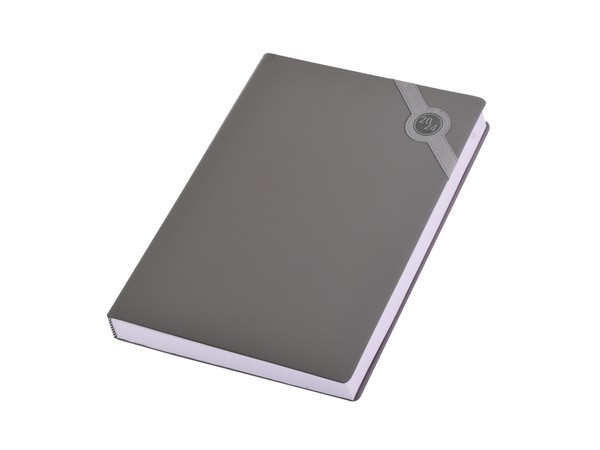Book printing is the process of producing books through the use of printing presses or digital printing technology. It involves several stages, from manuscript preparation to the final printing and binding of the book. Here’s an overview of the book printing process:
Manuscript Preparation: Before a book can be printed, the manuscript needs to be finalized and edited. This includes proofreading for errors, ensuring proper formatting, and organizing the content into chapters or sections.
Typesetting: In traditional book printing, typesetting involves arranging the text and illustrations on pages. This used to be done manually, but nowadays, it’s mostly done digitally using desktop publishing software. Typesetting involves selecting appropriate fonts, adjusting line spacing, and ensuring consistent formatting throughout the book.
Cover Design: A captivating cover design is essential for attracting readers. A professional designer creates the cover, incorporating title, author name, artwork, and other elements that visually represent the book’s content and genre.
Prepress: Once the typesetting and cover design are complete, the book goes through prepress. This involves preparing the digital files for printing, including converting them to the appropriate format, optimizing image resolution, and ensuring color accuracy.
Printing: There are different printing methods available, including offset printing and digital printing. Offset printing is commonly used for large print runs, while digital printing is more cost-effective for smaller quantities or print-on-demand. The chosen printing method determines the type of equipment used and the printing process itself.
Binding: After the pages are printed, they need to be bound together. There are various binding methods, such as perfect binding, where the pages are glued together at the spine, or sewn binding, where the pages are sewn together using thread. Other binding options include saddle stitching, spiral binding, or case binding, depending on the type of book and its intended use.
Finishing: Once the book is bound, additional finishing touches can be added, such as trimming the edges to ensure uniformity, applying coatings for protection or aesthetic purposes, embossing or debossing the cover, or adding foil stamping for a luxurious look.
Quality Control: Before the books are finalized, a thorough quality control process takes place. This includes checking for printing errors, verifying page order and alignment, inspecting the binding, and ensuring the overall quality meets the desired standards.
Distribution: Once the books have passed quality control, they are ready for distribution. They can be shipped to bookstores, made available for online retailers, or distributed directly to customers who placed pre-orders or purchased through the author or publisher’s website.
Book printing processes can vary depending on factors such as the printing technology used, the book’s specifications, and the budget. Advances in digital printing have made it easier for self-publishing authors and small publishers to produce high-quality books with lower upfront costs and reduced inventory risks.


